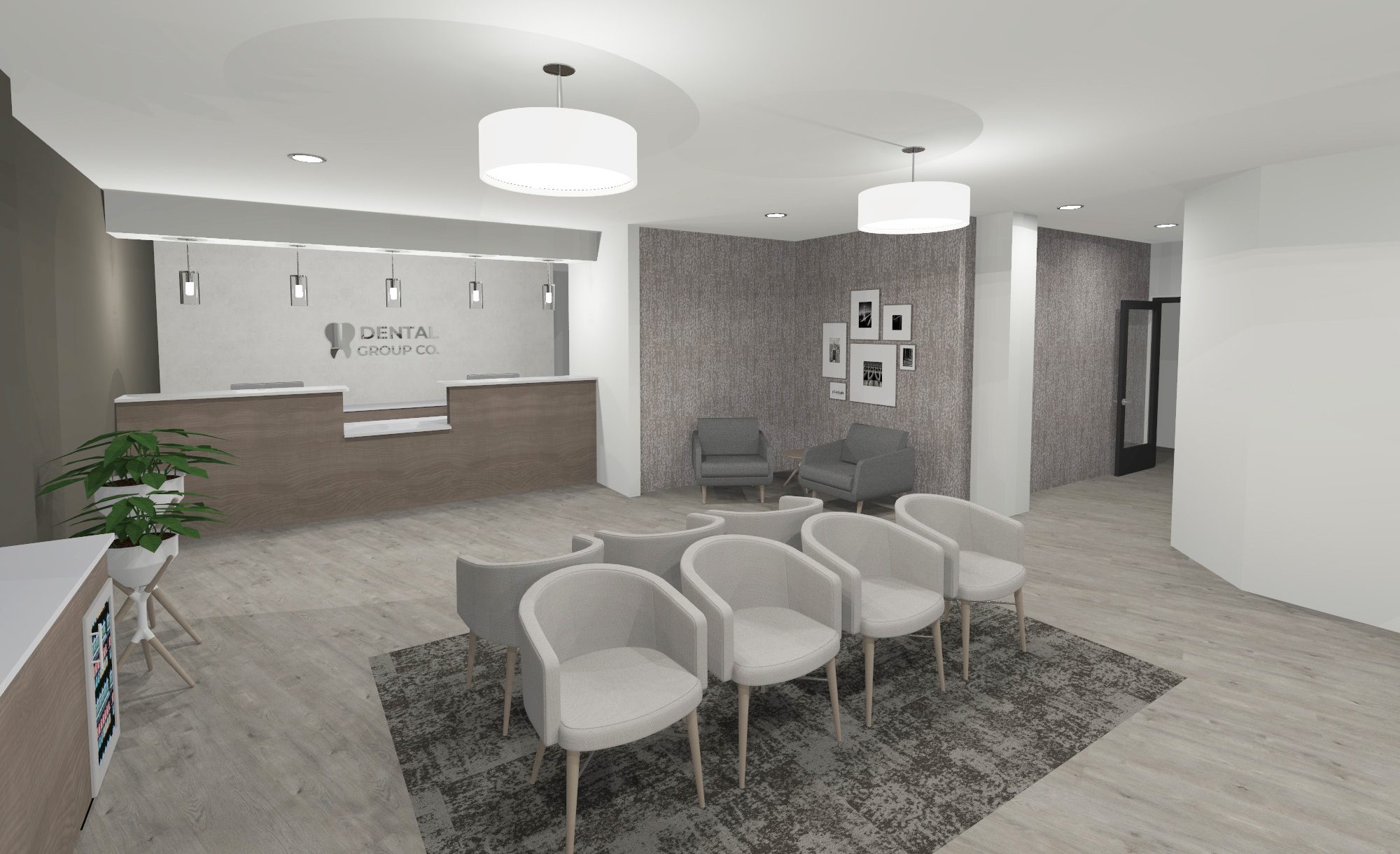
11 Jul 5 Tips for a Welcoming Experience for All Patients
Universal Design (UD) can be defined as the design and composition of an environment, product, or service so that it can be accessed, understood, and used to the greatest extent possible by all people regardless of their age, size, or disability. This is not meant to be a synonym for accessibility standards, rather it’s meant to create equitable experiences for all members of the population. Universal design benefits a wide range of people, by aiming for high usability, inclusivity, convenience, enjoyment, and accessibility to as many people as possible. Overall, it’s meant for everyone- regardless of age, physical characteristics, demographics, physical abilities, or a range of independence.
What is the goal?
The goal of UD is to minimize the number of individuals who have difficulty with a space or design feature. These difficulties may come from mobility or dexterity limitations, mental health disorders, developmental or intellectual limitations, behavioral or emotional disorders, communication limitations, physical limitations, or those who are considered able-bodied. There are seven widely accepted principles of universal design. We will define each below.
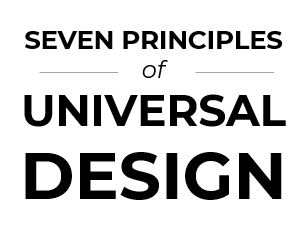
The design is useful to people with differing abilities
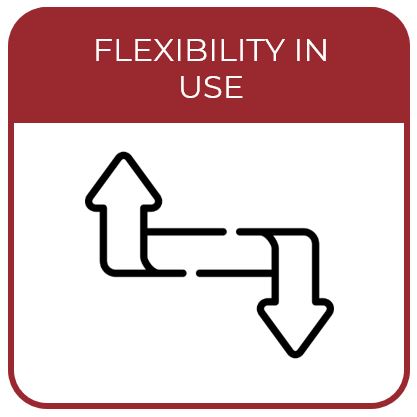
The design accommodates a range of individual preferences
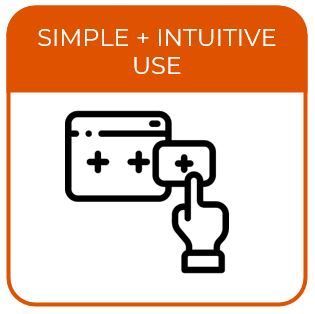
The design is easily understood regardless of user’s skill level
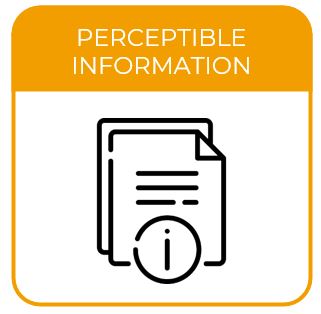
The design communicates information effectively regardless of the user’s sensory abilities
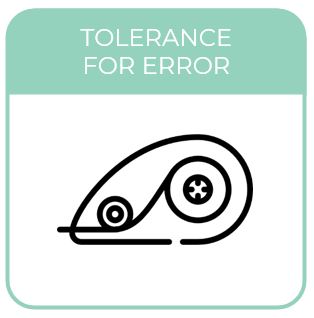
The design minimizes the negative consequences of unintentional actions

The design can be used comfortably and efficiently
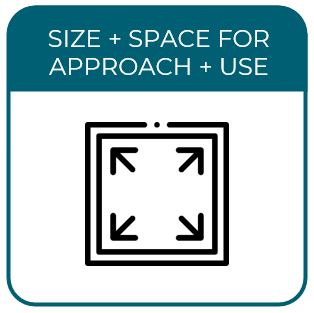
The appropriate space is provided for users regardless of their body size or level of mobility
Why is it important?
When UD is implemented effectively, there is a benefit to the individual, society, and businesses. In dental, incorporating UD into your practice can also be a driver of advancing health equity. Dental care is the most prevalent unmet healthcare need cited among individuals with special needs and because of this, UD needs to be considered to help bridge this gap. There are over 60 million Americans with disabilities and the number one health care problem that many report is finding a competent dentist. Less than three percent of people in the US who have intellectual disabilities can find a dentist who will provide specialized care.
Solutions that promote accessibility and usability for special populations can lead to more robust participation in society for those who might otherwise have difficulty accessing spaces and services. Businesses can also benefit from implementing universal design by increasing their market reach, improving customer satisfaction, and promoting a positive public image. Additionally, it can also attract and engage a wider range of employees and boost employee performance and success.
For the most part, consumers today have higher expectations and feel more empowered than ever to voice their disappointment if those expectations are not being met. Most people do not function at full capacity for the entirety of their lives. Even someone considered to be able-bodied could be affected by an injury, unfamiliarity with a new environment or product, or an inherent physical characteristic.
Pre-Appointment & Check-In
Before a patient enters the building, they may experience roadblocks to receiving treatment. These challenges could include the shortage of dentists who take patients with special needs, lack of accessible routes to the office, issues with arranging transportation, or severe anxiety about new spaces and people. So, how can you alleviate these concerns?
1. Consider adding accessibility or accommodation information on your website
Make sure to keep entries clear of obstruction. The path from the entry door to the receptionist or check-in kiosk should be clear and require minimal maneuvering through the room or around furniture. Not only is this ideal for a person with a mobility device, but it also creates a more welcoming experience for any visitor. To advertise this, consider adding a floor plan or a gallery of office pictures onto your website so potential visitors can acquaint themselves with the office before visiting. You do not need to advertise the entire layout of the practice, just the basics of wayfinding and patient-centric areas.
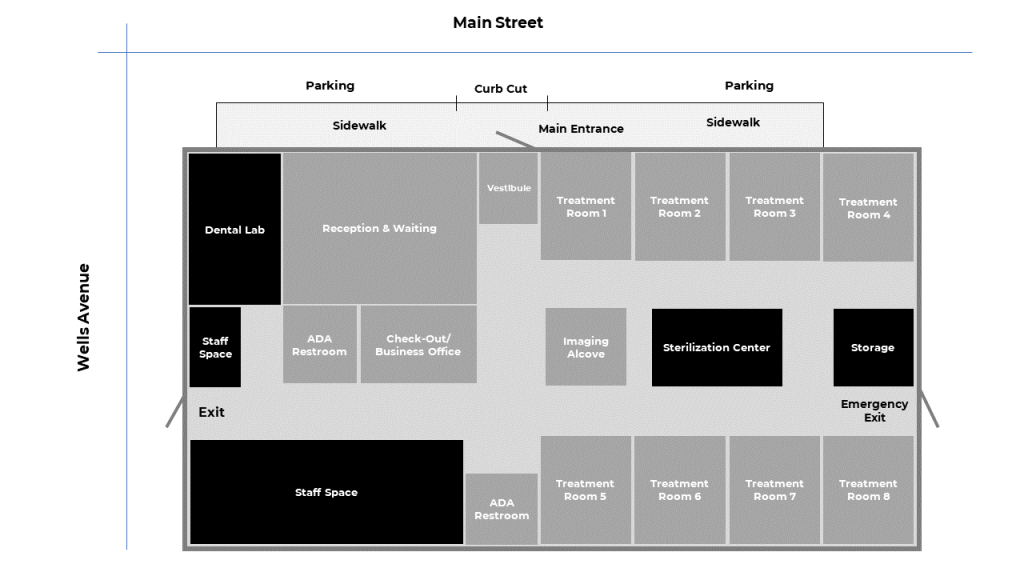
2. Create a “get to know your dental team” page (and make sure to fill it out)
Another great tool to have on your website is a get-to-know-the-team page. If you decide to include this on your website, fill out the information! Too often we see Get to Know Us pages with “Under Construction.” A complete page allows the patient to become comfortable with your team and build trust in the practice.
3. Offer a “Get Acquainted” visit
While time in the treatment chair is essential, creating a strong relationship with your patient creates higher patient retention and treatment acceptance. For new patients, a visit dedicated to learning about one another, the practice mission, and the equipment and technology in the office helps to build trust. It also allows the patient to share special care needs or apprehensions relating to appointments that the practitioner can plan for or address in future clinical visits.

4. Utilize text or email notifications
Adapting to today’s technology benefits more than just the younger, tech-savvy population. Offering alternative options for communication preferences can benefit those with anxiety, hearing disorders, or speech disorders. It could even be as simple as a busy schedule restricting someone from being able to catch a call about their appointment or treatment. Text and email allow the practice to communicate necessary information that can then be referred to later on by either the patient, the practitioner, or a caretaker.

5. Create alternative check-in processes
Like text and email, virtual or e-check-in are great solutions for all users. This could occur online before the visit, or at a virtual kiosk upon arrival. No matter the ability, some individuals feel an alleviated sense of pressure when allowed to perform their check-in on their own time.
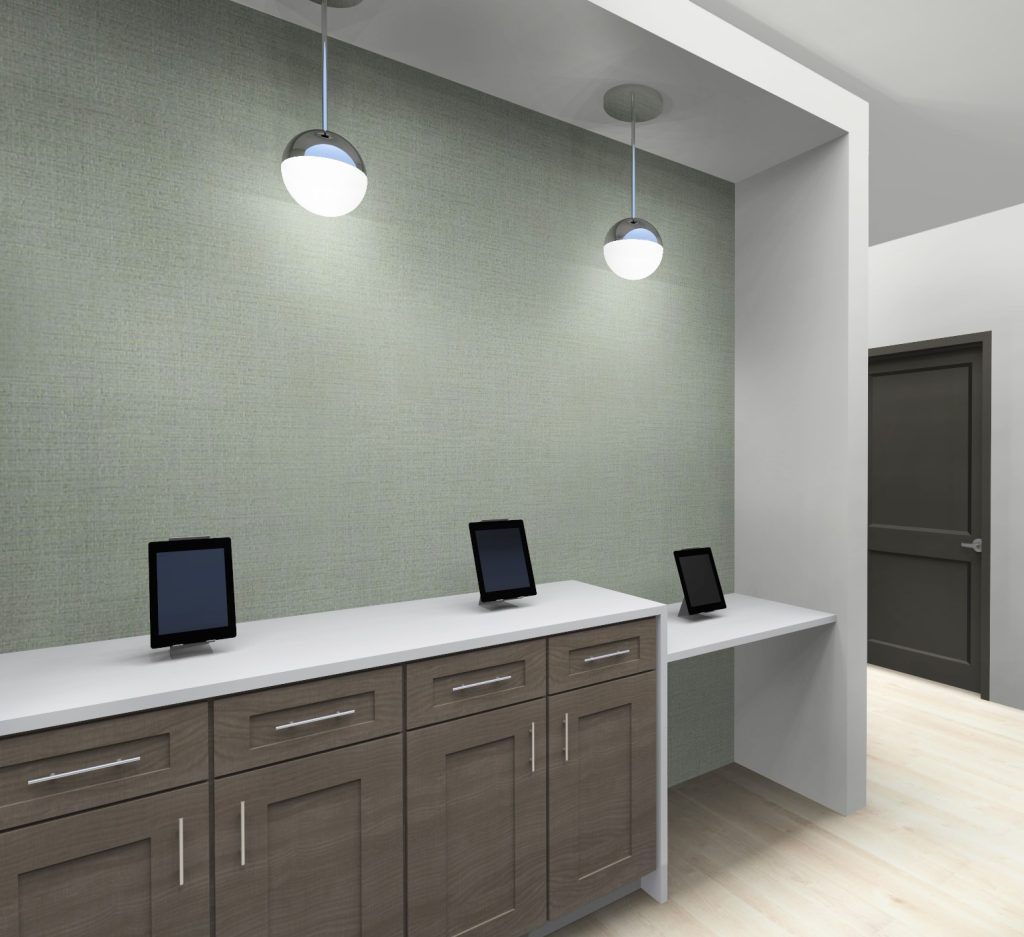
There are many ways to enhance usability and accessibility in your practice, but simply getting the patient in the door can sometimes be the hardest part. If you are interested in more ways to incorporate Universal Design in your practice, check out this webinar. Or, click here to connect with our team for a design consultation.
Icons made by Freepik from www.flaticon.com
